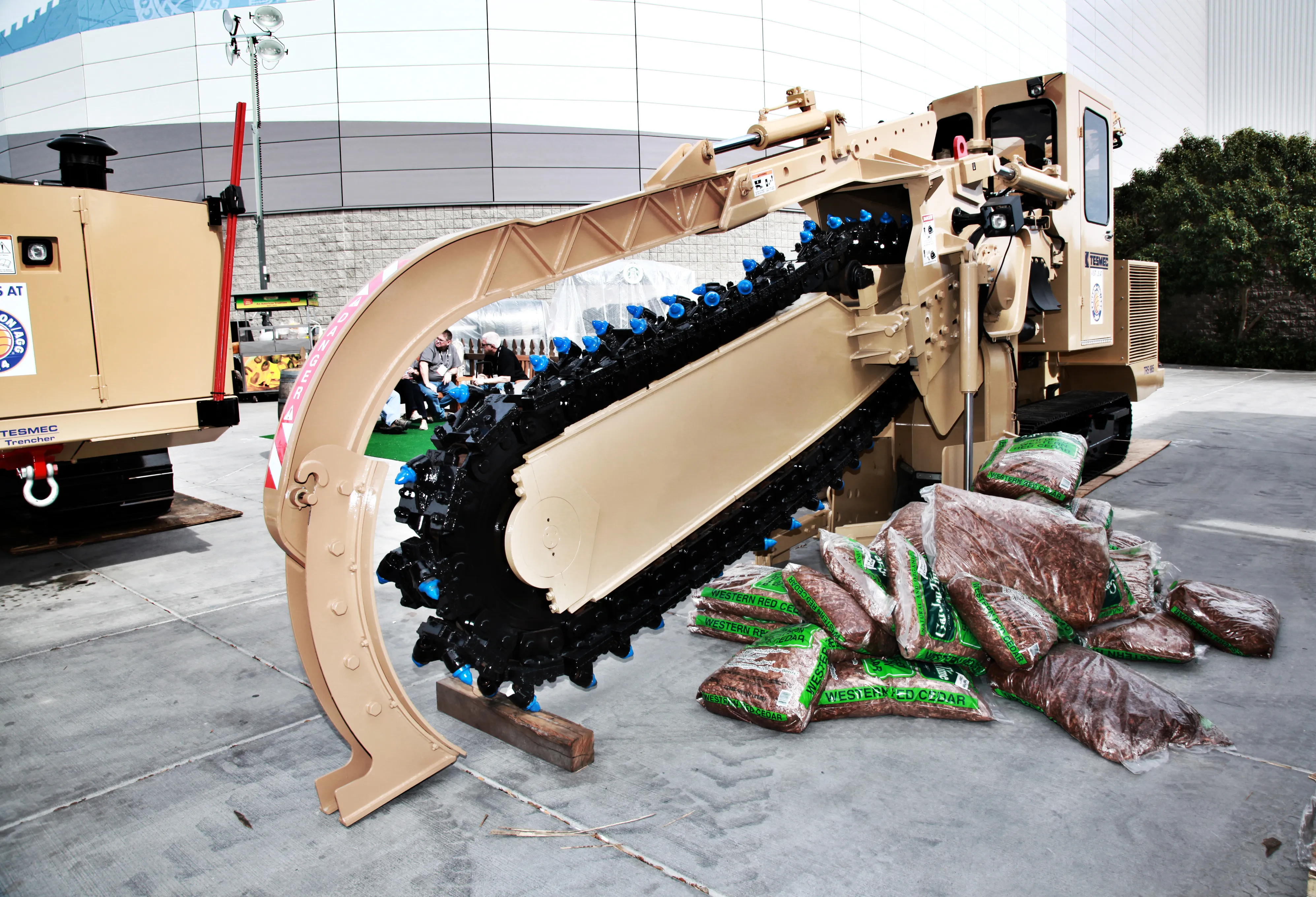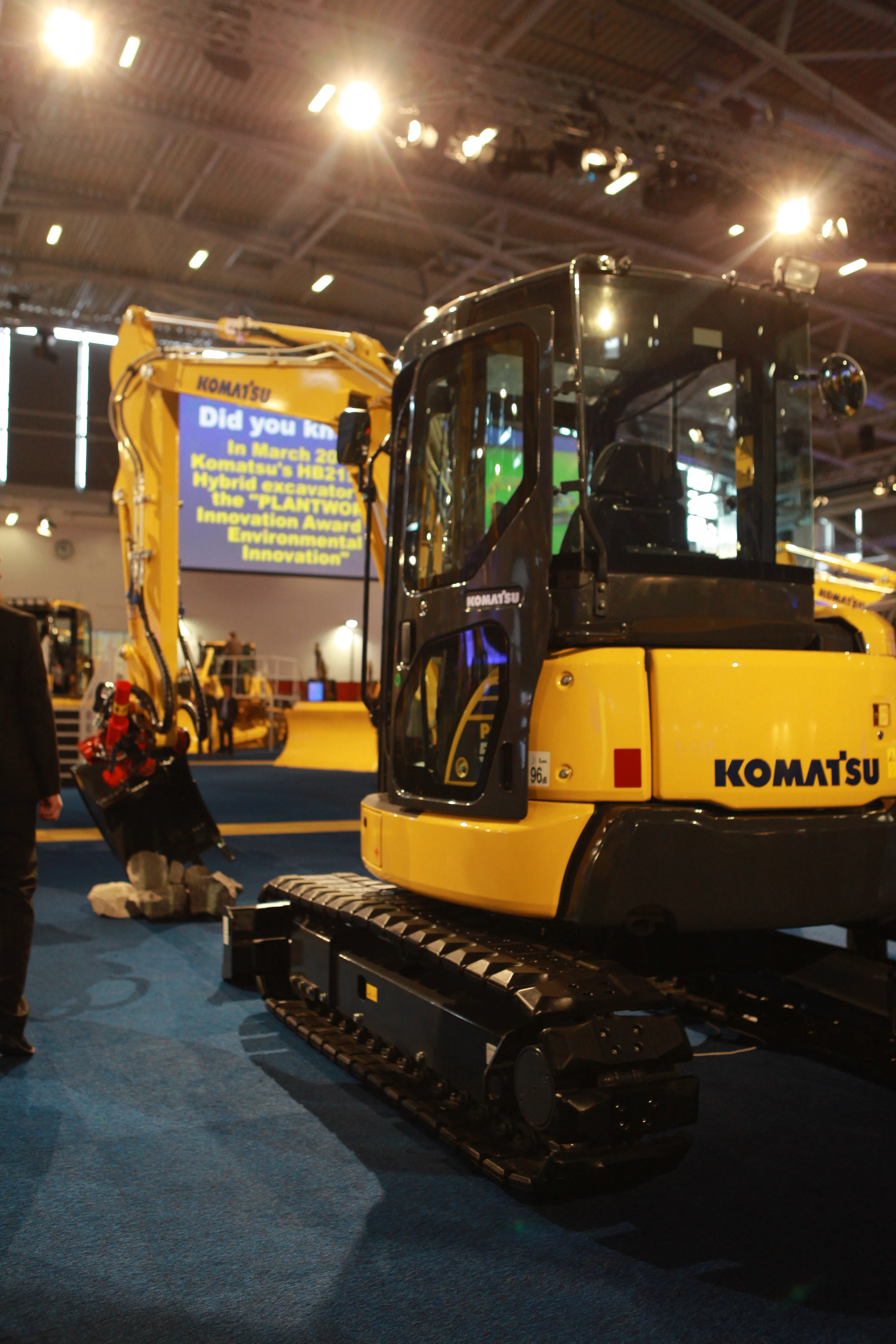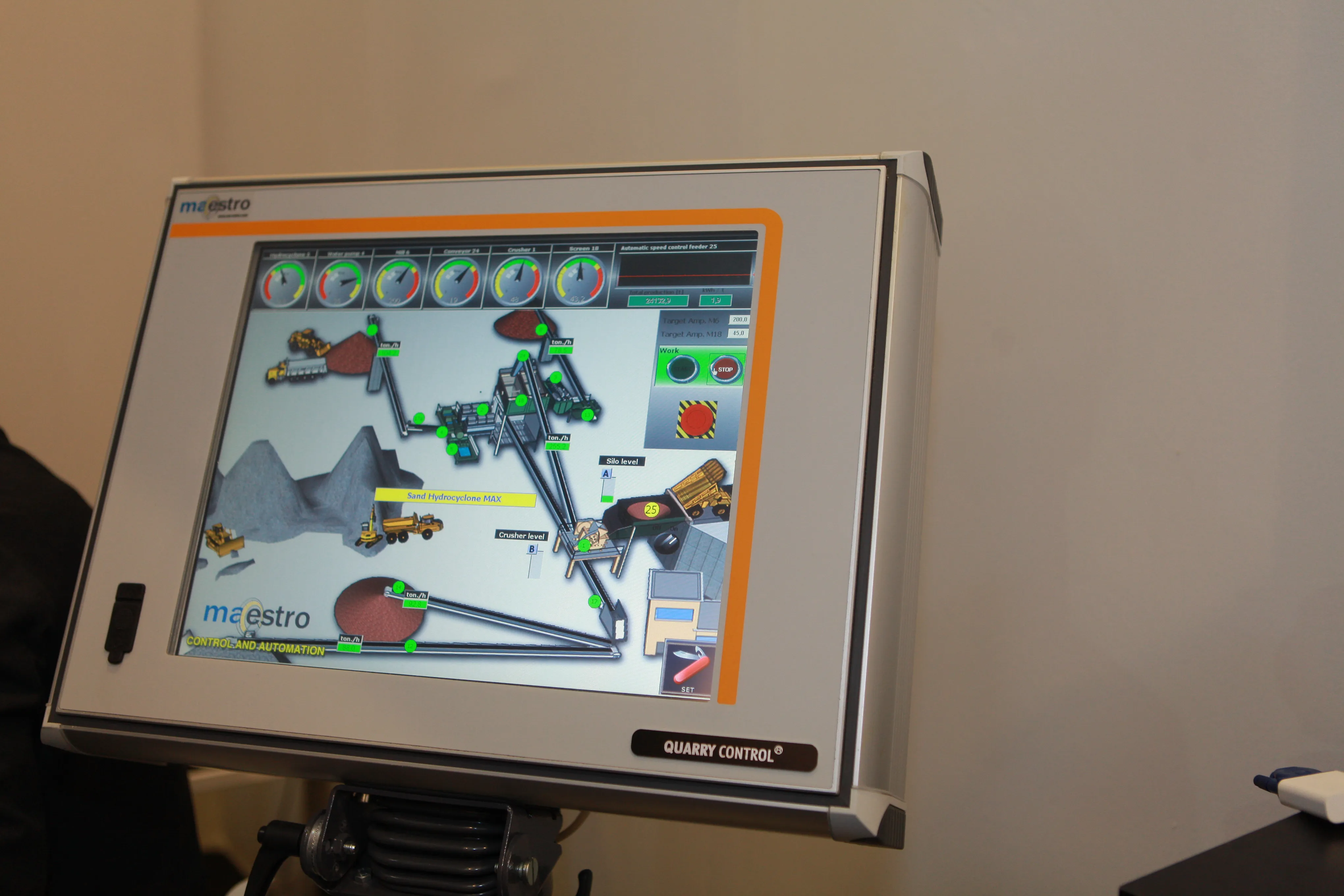Tesmec has updated its 885 chainsaw trencher with the addition of the group’s TrenchTronic 3.0 control system. The 885 has been designed for digging utility trenches by the side of the road, says the manufacturer.
“This is a smarter machine,” said Tesmec market analyst Stefano ‘Stephen’ Leghissa. “Our new control system allows even inexperienced operators to operate the machine (and) this helps the machine reach optimal performance.”
March 4, 2014
Read time: 2 mins

“This is a smarter machine,” said Tesmec market analyst Stefano ‘Stephen’ Leghissa. “Our new control system allows even inexperienced operators to operate the machine (and) this helps the machine reach optimal performance.”
The TrenchTronic 3.0 system monitors track speeds, chain speeds and digging pressures and adapts the machine’s operation accordingly. This is an important feature for contractors who are not trench-digging specialists, says the company, including those who may be hiring the machine.
The 885, unlike many of its competitors, has a conveyor belt which discharges to the back of the vehicle, rather than to the side, which makes it well-suited to roadside operations.
“It is a space-friendly machine,” said Leghissa. “The boom is offset which helps with space issues and space constraints. Here in the US, it can be used for drainage and dry utilities such as fibre optics.”
The machine, which is powered with a CAT C6.6 ACERT Tier 3 engine, is self-levelling.
Tesmec is also showing three other trenchers at Conexpo. The new 775DT, which has been designed solely for digging through soil, has a bucket wheel which is more efficient than the chainsaw type boom for this type of ground and a boot which facilitates pipe-laying.
The 1150XHD and M3 both weigh in at around 53tonnes, which means they can be transported on one vehicle rather than two. The M3 is a mechanically-driven machine which has a slower chain speed and is efficient in hard rock material. The hydraulically driven 1150XHD has a faster chain speed and is designed for softer rock such as shale.
%$Linker:








